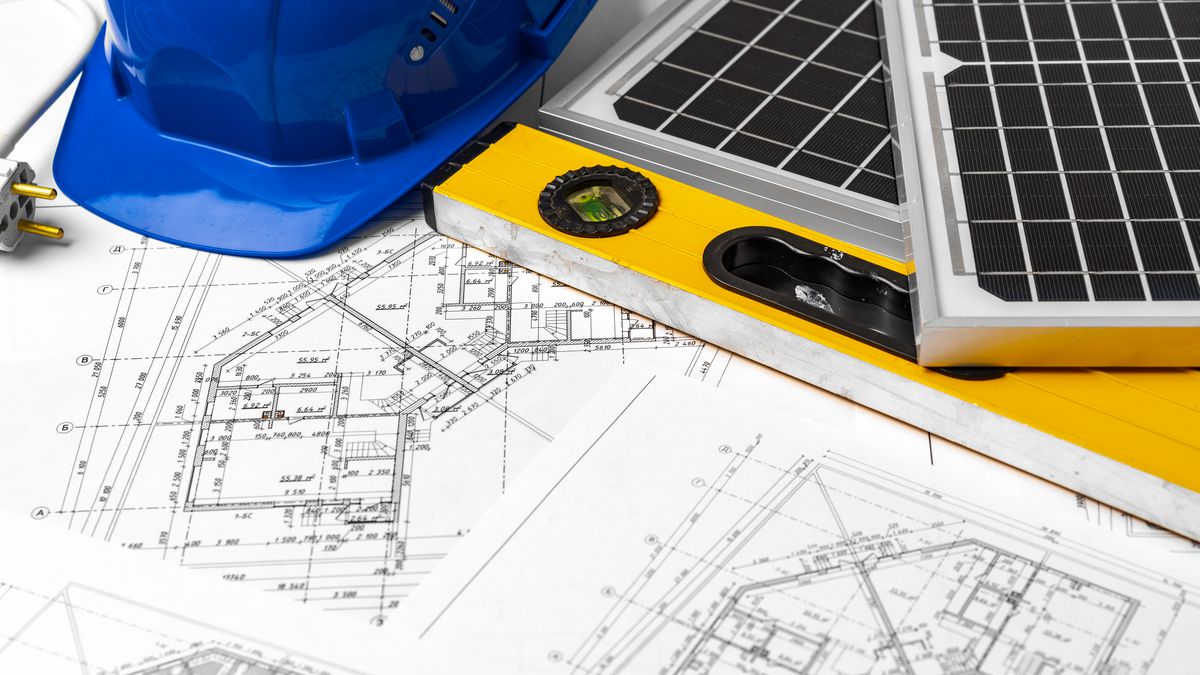
Construction blueprints, hardhat and solar battery on architect's table, close up
there is 11 factors to consider in designing solar PV power plants, and you should fellow this steps before installing your solar panel, also you should read this before contacting your local solar panel company.
If you are interested in this article, please read the following articles first:
- Where Is The Best Place to Install your Solar PV system?
- Four site conditions are important to be considered when planning of a Solar PV system
-
Which Solar PV System is Suitable For Your Needs, Off-grid or Grid Tied Solar System?
If all points in connection with the possibilities to install a solar PV System have been clarified, then, follow the detailed planning.
In order to be able to receive and compare quotations for installations, the design of the solar PV system should be considered. The corresponding decisive factors should be explained in this article in detail.
Location
The main requirement in the site designated for the installation of solar energy panels is the sun, and you should take into consideration the movement of the sun during seasons, this means the maximum exposure to the sunlight during summers and winter.
Available roof area
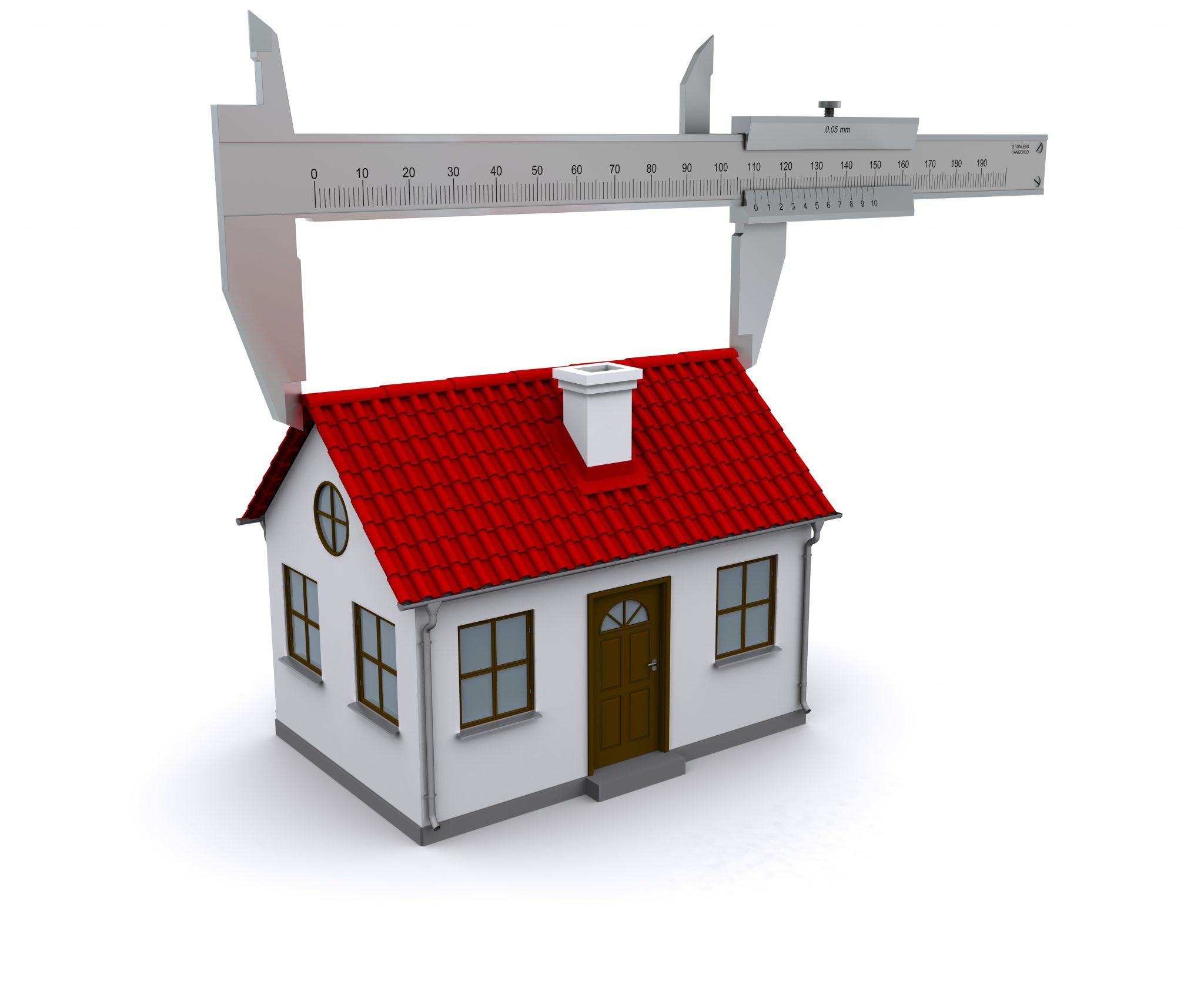
The first step is to determine the situation on the roof and the available mounting surface. The roof size can be gained from the construction plan if this is available and is precise. However, it is recommended that you measure the roof surface yourself.
However, not every roof is easily accessible. in this case, it is possible to determine the roof surface by using a laser gauge, or you order a solar installer to measure the roof.
If you subtract from the available roof surface shadowed areas, dormers, windows, and the like, it results in the maximum mounting surface for the solar PV system.
Solar panel selection
The solar energy sector is witnessing remarkable progress in terms of the capacity and quality of solar panels, so you must take the time to choose the appropriate panels, and you can also take into consideration these elements.
- Efficiency
- Durability
- Performance under varying weather conditions
Inverter selection
As it is known, the Inverter is responsible for the conversion of DC power to AC power, take these factors to consider in designing solar PV power plants.
- Efficiency
- Reliability
- Compatibility with the solar panels
Mounting structures
The first criterion in choosing the mounting structures for installation is the insulation surface like roof or ground, the Mounting must be robust, durable, and able to withstand harsh weather conditions,
please this article to know more about the factors to consider in designing solar PV power plants.
What Are The Main Types Of Solar Panel Mounts for Photovoltaic Roofs?
Electrical components
The electrical components, including. cables circuit breakers… must be selected based on their compatibility with other components. and able to withstand high DC voltage and be rated for outdoor use.
Maintenance
Accessibility and accessibility must be taken into account, to make maintenance routing easy and fast.
Safety
The safety of the solar PV power plant’s operation is critical, you should choose good materials that have fire resisting ratings, and are made with very good quality materials
System capacity
It is important to study the electricity consumption requirements needed by the project, whether residential or commercial, This will help you determine the right size of your PV power plant,
The size of the solar PV power plant is dependent on the electricity demand of the site.
Profitability
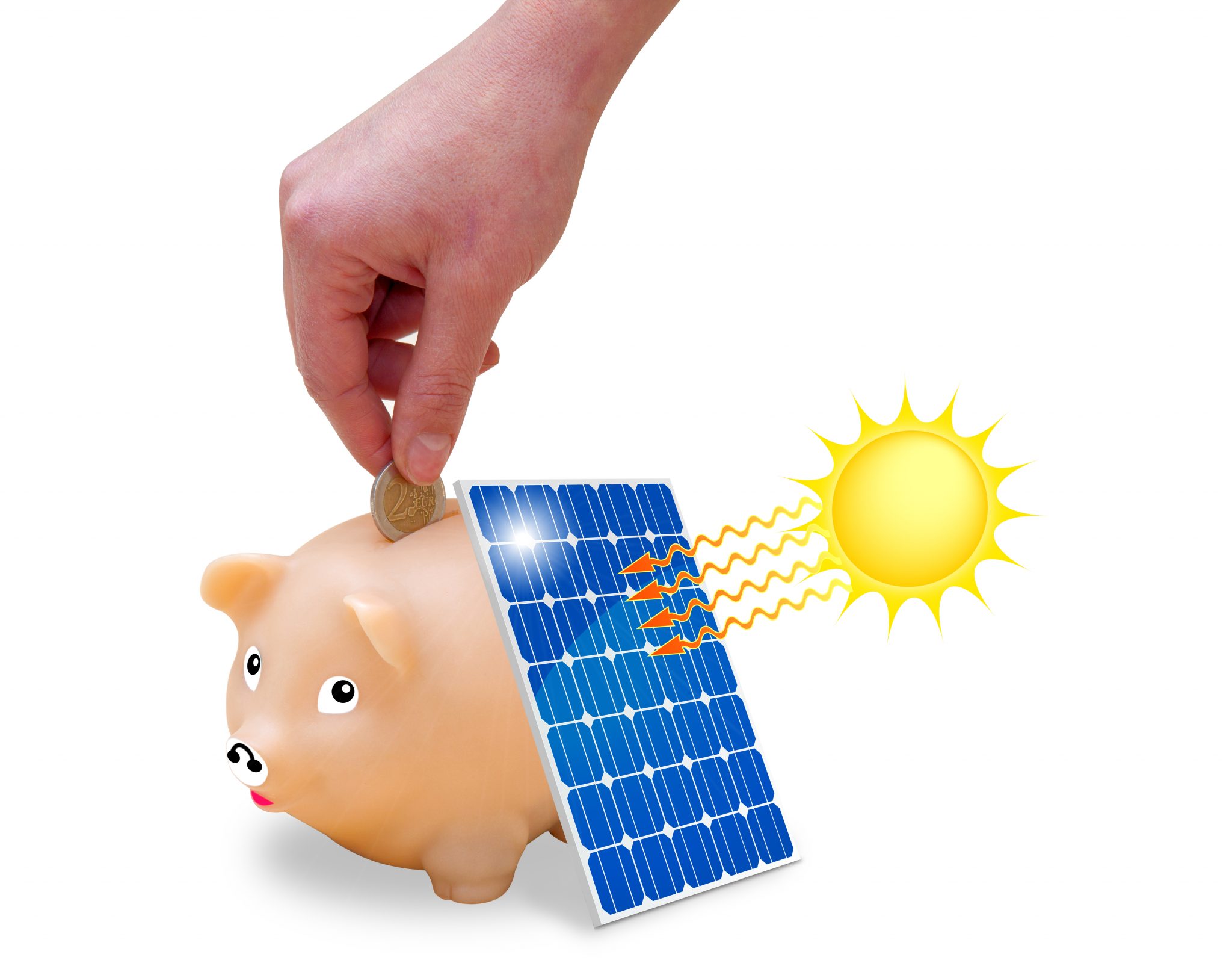
Current personal consumption
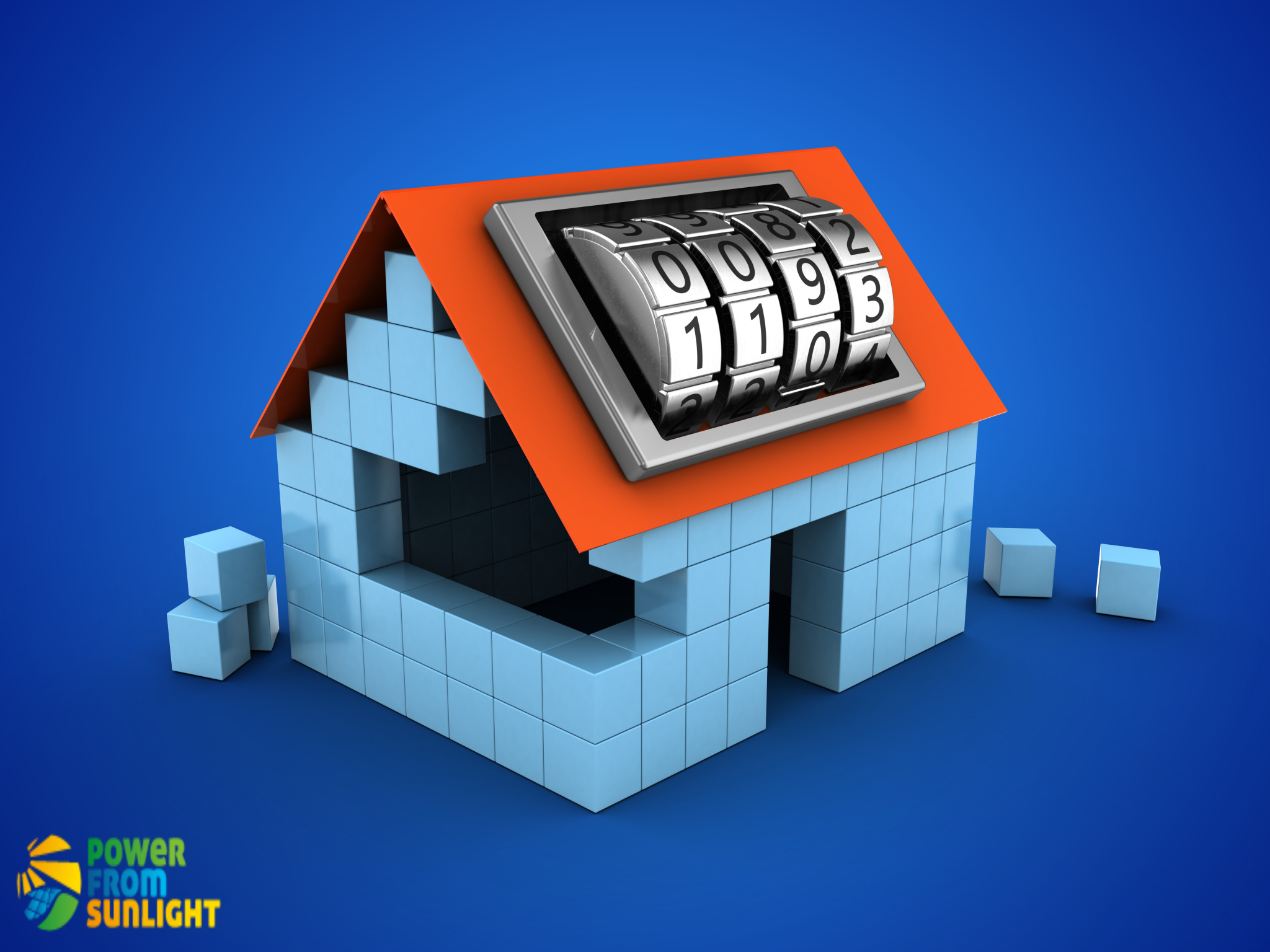
If the dimensions of the solar PV system are known, it is easy to determine via the number of solar modules, and approximately how many kilowatt peaks the solar PV system will provide.
In the USA, per kilowatt peak and with favorable orientation and freedom from shadow about 1200 to 2200 kilowatt hours per year can be obtained. The average consumption of a four-person family is about 12,000 kWh per year. A solar PV system with an output of 5.5 to 10 kWp can cover this demand.
In a working household, in light of experience, the proportion of personal consumption is about 30%. The greater part of solar power is not used directly and is fed into the utility grid and compensated. With the aid of a solar battery, the self- consumption can increase up to 70 %.
Tip: The output is certainly dependent on the selected solar modules. Roughly estimated, one can assume for crystalline solar panels a value between eight to ten square meters per kilowatt peak (eight square meters for monocrystalline solar panels, and ten square meters for polycrystalline solar panels).
For grid-tied solar systems, the focus is often not to feed as much solar power as possible into the utility grid, but to use it for personal consumption.
Therefore, the design of the plant is determined by how high the current power consumption is, and to use it as much as possible directly or indirectly with the aid of a solar battery.
Feed-in tariff
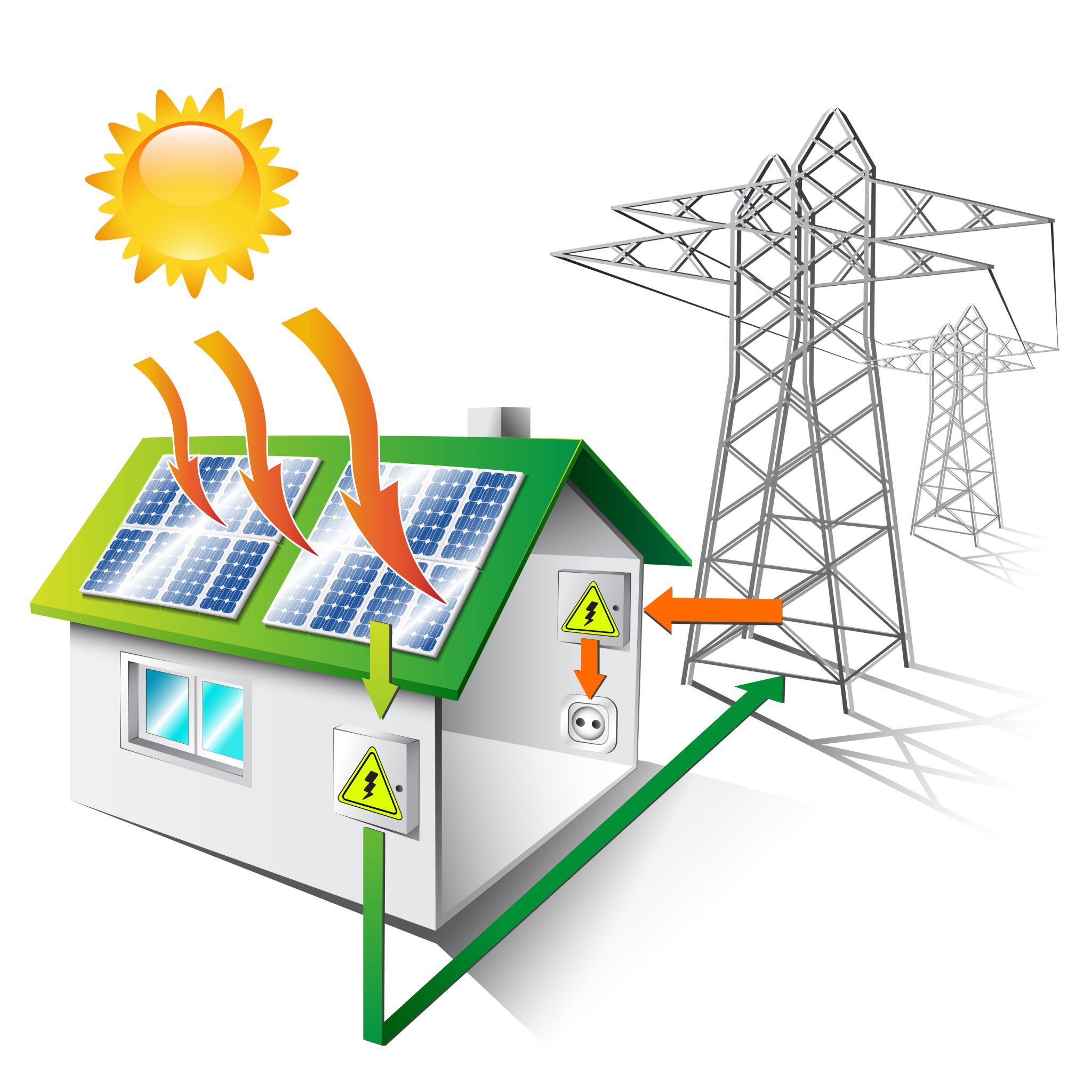
The price paid to the household for solar power fed back into the grid is the feed-in tariff.
The amount of the feed-in tariff also decides whether the design of solar PV system should be for the feeding of solar power into the utility grid or for its self-consumption.
The amount of the feed-in tariff differs from country to country and is also state dependent.
In summary, the following points play a significant role in the profitability of the solar PV system:
- The available mounting surface on the roof.
- Current power consumption
- Size and thus investment costs of the solar PV system
- If necessary, costs of the solar storage batteries
- The amount of the feed-in tariff
- The proportion of the self-consumption and the feed into the utility grid
Software for designing a photovoltaic system
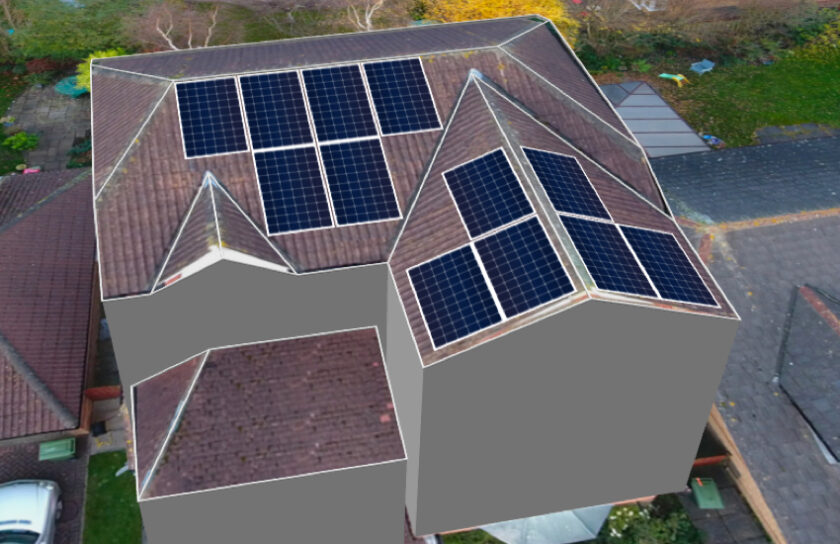
It is already clear that many factors play a role in the correct design and profitability of the solar PV system, and the planning is certainly a complicated affair. If you want to this more precisely, solar calculators or simulation software can be helpful.
Such a program calculates on the basis of the entered framework parameters if the solar PV system can be operated in a cost-effective manner with the existing possibilities.
All this are a basic list of factors to consider in designing solar PV power plants this should be able to help to understand more the needs and give you clear idea of the what to do next.

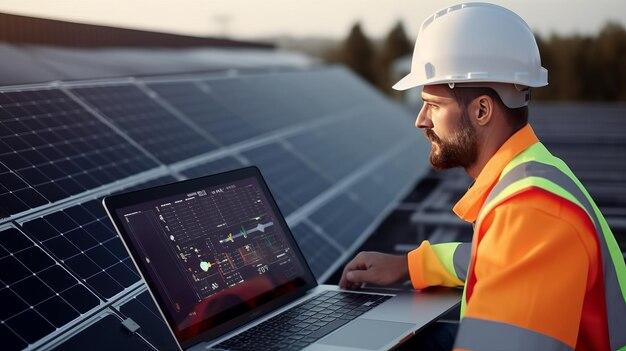
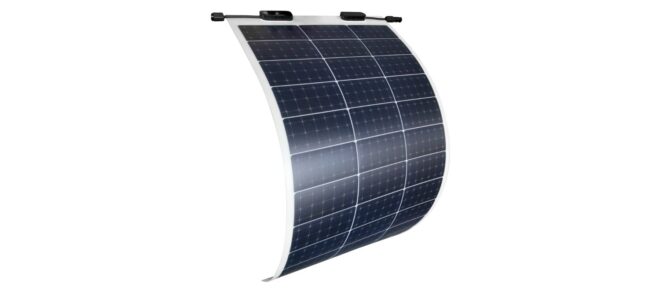
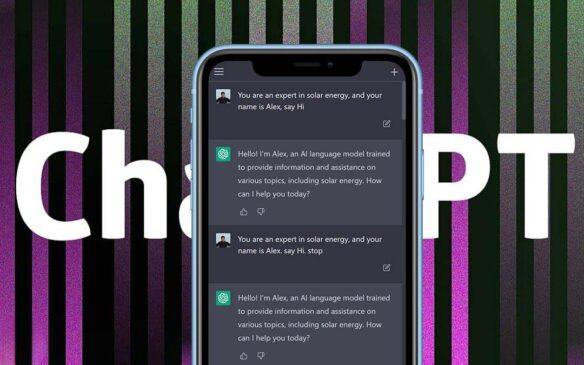
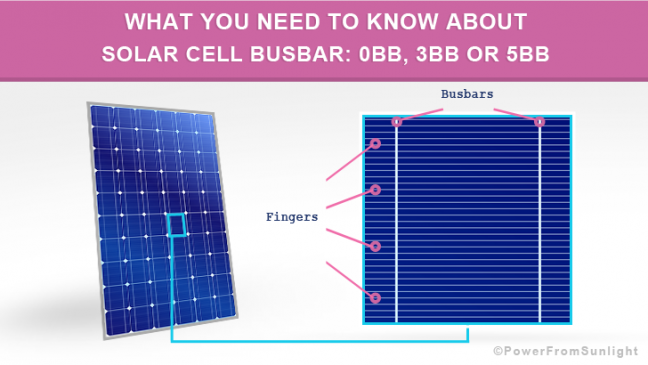
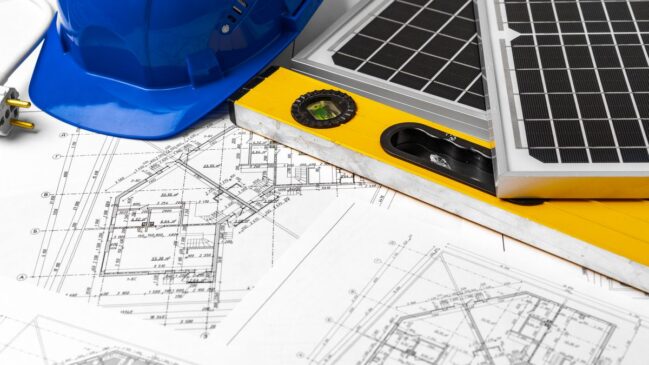
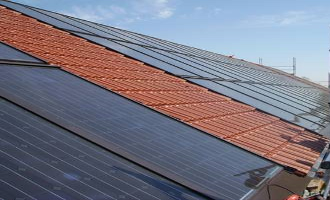
Amazing article thank you, very clear